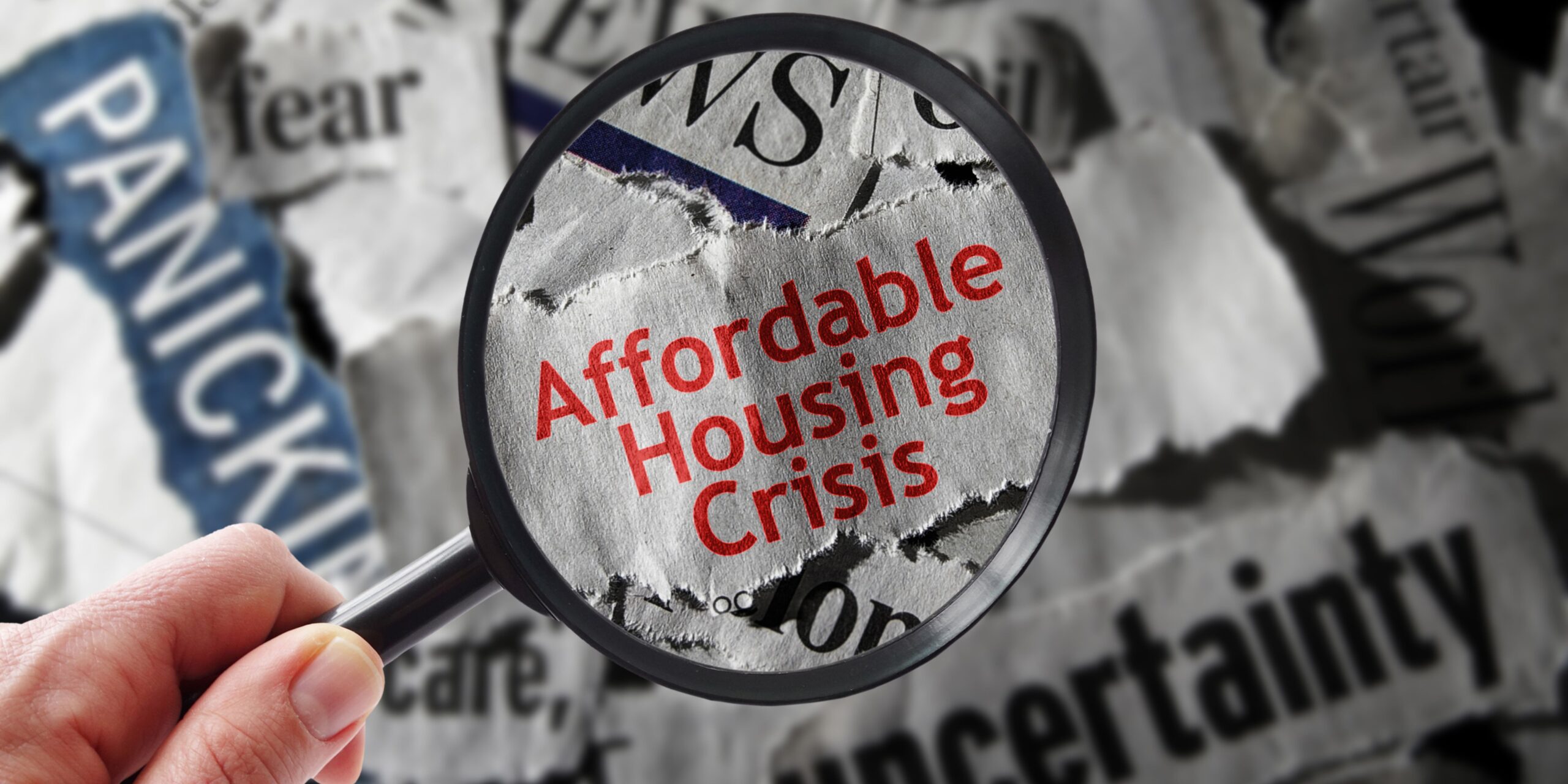A Different Approach to Help with Affordable Housing
In today’s challenging housing market, finding innovative solutions to address the affordability crisis is crucial. One approach gaining momentum is adaptive reuse, which involves converting vacant commercial spaces into residential units. It may seem to be a wild idea, but it’s worth a conversation – right? We like to think about things differently at Mortgage Advisor Tools so let’s explore the concept of adaptive reuse and its potential to make housing more affordable.
What is Adaptive Reuse?
Adaptive reuse refers to the process of repurposing existing structures for a different function. In the context of affordable housing, it involves transforming underutilized commercial buildings, such as office spaces or hotels, into residential units. This approach offers a unique opportunity to maximize the use of existing resources and address the shortage of affordable housing.
According to recent research done by National Bureau of Economic Research, approximately 15 percent of commercial office buildings in the 105 largest cities in the United States are suitable for residential conversion. This potential translates to approximately 171,470 units, which is nearly half of the 2022 yield of units in multifamily buildings. It’s worth noting that developers claim these conversions can be completed more quickly and at costs up to 20 percent cheaper than traditional demolish-and-rebuild projects.
Benefits of Adaptive Reuse for Affordable Housing
Cost Savings:
Converting existing buildings into residential units can be more cost-effective than constructing new buildings from scratch. This cost advantage arises from utilizing the existing building structure and infrastructure, resulting in substantial savings on materials and labor.
Increased Housing Supply:
Adaptive reuse has the potential to significantly increase the housing supply in urban areas where space is limited. By transforming vacant office buildings into residential units, a substantial number of new homes can be added to the market, helping to alleviate the housing shortage.
Reduction in Construction Time:
Building new residential units can be a time-consuming process. In contrast, adaptive reuse projects can be completed more quickly since the existing building’s shell is already in place. This speed of conversion means that affordable housing can be delivered to market faster, providing much-needed relief to individuals and families in need.
As mortgage professionals, understanding the importance of adaptive reuse in the context of affordable housing is crucial for staying ahead of the game. Embracing innovative solutions like converting vacant commercial spaces into residential units not only allows us to meet the growing demand for affordable housing but also presents new opportunities for business growth.
We asked Paul Gigliotti, CEO/Chair & Co-Founder Axis 360LIFT, to chime in. Here’s what he had to say:
“Adaptive Reuse is certainly a sound approach in supporting the nation’s affordable housing issue, however I feel an issue of this magnitude and complexity such as affordable housing needs to be worked on from several angles. An additional or in tandem approach would be to tap into the unused resources of local/state government down payment resources. As an industry it is our responsibility to educate, equip and empower all customers/potential customers with products that can support their homeownership goals.”
By recognizing the potential of adaptive reuse, as an industry, we can explore untapped resources, drive cost savings, and deliver faster results for our people to achieve homeownership. In a competitive industry that demands constant adaptation and forward-thinking, incorporating these alternative approaches gives a significant edge in revolutionizing the mortgage industry and shaping the future of housing affordability.




